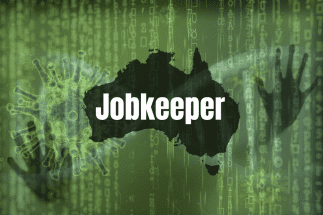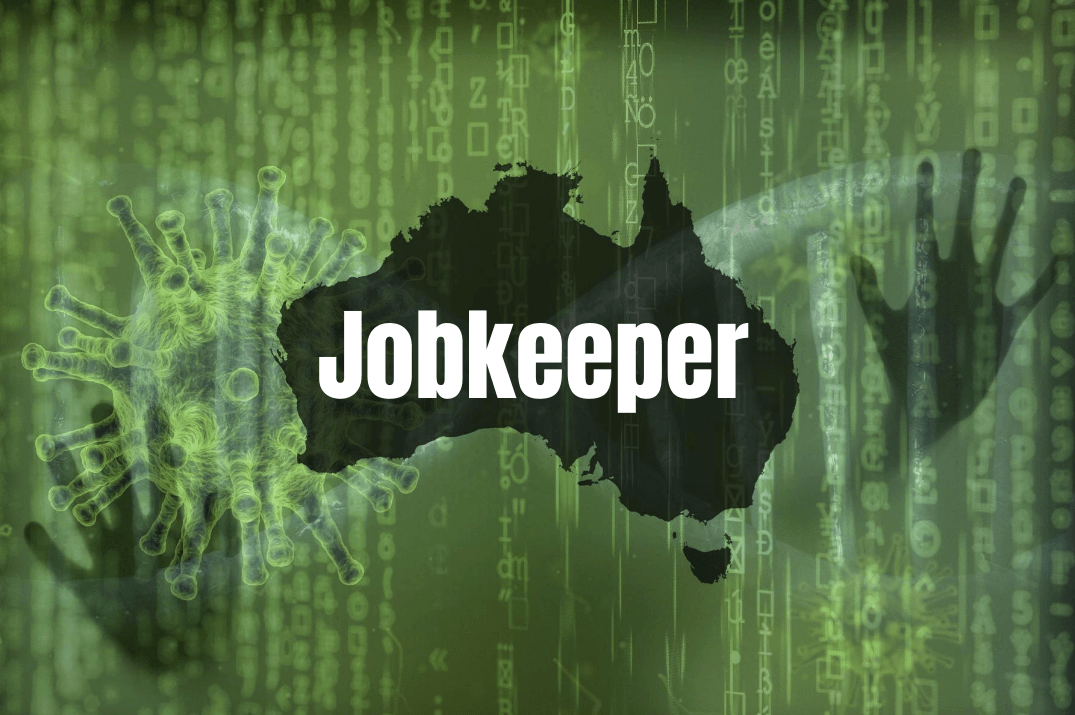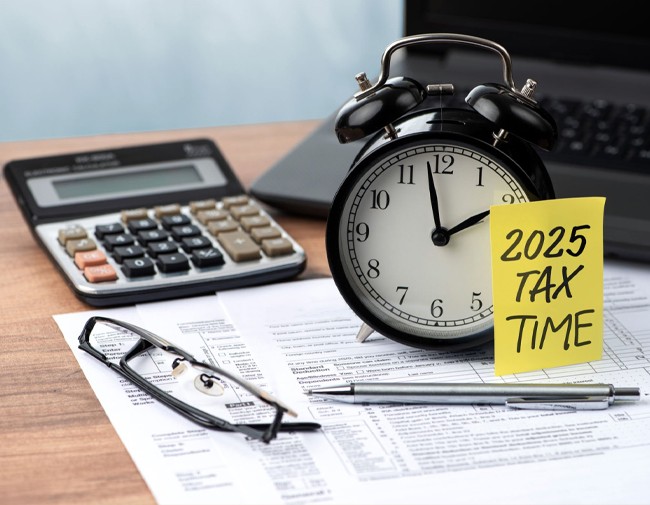JobKeeper Payment Scheme - Extension and Changes_324x324a.png)
The Government has announced further changes to the JobKeeper scheme. The positive news is that employees that missed out on JobKeeper because they were not employed on 1 March 2020 might now be eligible. The proposed changes mean that employees who were employed on 1 July 2020 may be able to receive JobKeeper payments from 3 August 2020 if they meet the other eligibility criteria. If you have employees impacted by this change, you will need to work through the eligibility requirements including providing JobKeeper Payment Employee Nomination.
Background
The original scheme let eligible employers claim a fortnightly payment of $1,500 per eligible employee from 30 March 2020 for a maximum period of 6 months. The extension of the scheme will see a more targeted and tapered approach with a two-tier wage subsidy and two additional JobKeeper periods of three months each.
What's New?
From Monday 3 August 2020:
- the employee eligibility test date will move from 1 March 2020 to 1 July 2020. The new reference date will apply for the last four fortnights of the legislated scheme as well as the duration of the proposed extended period. Staff who were hired after 1 March 2020 may now be eligible for JobKeeper.
From 28 September 2020 to 3 January 2021, the JobKeeper Payment rates will be:
- $1,200 per fortnight for all eligible employees and for eligible business participants who were working for 20 hours or more a week on average in the four weeks of pay periods before either 1 March 2020 or 1 July 2020 and
- $750 per fortnight for other eligible employees and business participants.
From 4 January 2021 to 28 March 2021, the JobKeeper Payment rates will be:
- $1,000 per fortnight for all eligible employees and for business participants who were working for 20 hours or more a week on average in the four weeks of pay periods before either 1 March 2020 or 1 July 2020: and
- $650 per fortnight for other eligible employees and business participants.
Is Your Business Eligible for Your Employees in the Extension Period(s)?
An employer is entitled to the JobKeeper payment in respect of an individual (an employee) in relation to an extension period if it meets
the revised eligibility rules.
Decline in Turnover Test

From 28 September 2020 businesses seeking to claim the JobKeeper payment will be required to demonstrate that they have suffered a decline in turnover using actual GST turnover (rather than projected GST turnover).
From 28 September 2020 businesses will be required to reassess their eligibility with reference to their actual GST turnover in the September 2020 quarter to be eligible for the JobKeeper Payment from 28 September 2020 to 3 January 2021 (the first extension period).
From 4 January 2021 businesses will need to further reassess their turnover to be eligible for the JobKeeper Payment. They will need to demonstrate that they have met the relevant decline in turnover test with reference to their actual GST turnover in the December 2020 quarter to be eligible for the JobKeeper Payment from 4 January, 2021 to 28 March, 2021 (the second extension period).
For the first extension period, businesses will need to demonstrate that their actual GST turnover has fallen in the September 2020 quarter (July, August, September) relative to a comparable period (generally the corresponding quarter in 2019).
For the second extension period businesses will need to demonstrate that their actual GST turnover has fallen in the December quarter 2020 (October, November, December) relative to a comparable period (generally the corresponding quarters in 2019).
The Commissioner of Taxation will have discretion to set out alternative tests that would establish eligibility in specific circumstances where it is not appropriate to compare actual turnover in a quarter in 2020 with actual turnover in a quarter in 2019, in line with the Commissioner’s existing discretion.
How much does my actual decline in turnover nee d
to be?
d
to be?
| Aggregated turnover was > $1 Billion |
50% |
| Aggregated turnover was <$1 Billion |
30% |
Eligible employees
Employees are eligible in the extension period if they:
- are currently employed by an eligible employer (including if you were stood down or re-hired)
-
were, for the eligible employer (or another entity in their wholly owned group) either:
- a full-time, part-time, or fixed-term employee as at 1 July 2020; or
- a long-term casual employee (employed on a regular and systematic basis for at least 12 months) as at 1 July 2020 and not a permanent employee of any other employer.
- were aged 18 years or older as at 1 July 2020 (if you were 16 or 17 you can also qualify if you are independent or not undertaking full time study).
- an Australian resident.
Some employees are not eligible if they receive certain forms of Government assistance.
Wage Condition
You satisfy the wage condition in respect of an employee for a JobKeeper fortnight in the extension period where their gross pay will exceed
the relevant JobKeeper rate.
| JobKeeper Payment Rate |
March 30 to Sept 27 |
Sept 28 to Jan 3 |
Jan 4 to March 28 |
| 20 Hours or more per week |
$1,500 per fortnight |
$1,200 |
$1,000 |
| Less than 20 Hours per week |
$1,500 per fortnight |
$ 750 |
$ 650 |
 The Commissioner of Taxation will have discretion to set out alternative tests where an employee or business participant’s hours were not
usual during the February and/or June 2020 reference period (the period with the higher number of hours worked is to be used for employees
with 1 March 2020 eligibility).
The Commissioner of Taxation will have discretion to set out alternative tests where an employee or business participant’s hours were not
usual during the February and/or June 2020 reference period (the period with the higher number of hours worked is to be used for employees
with 1 March 2020 eligibility).
Guidance will be provided by the ATO where the employee was paid in non-weekly or non-fortnightly pay periods and in other circumstances the general rules do not cover.
The JobKeeper Payment will continue to be made by the ATO to employers in arrears. Employers will continue to be required to make payments to employees equal to, or greater than, the amount of the relevant JobKeeper Payment (before tax), based on the payment rate that applies to each employee.
You are required to give information about the entitlement for the fortnight, including details of the individual and the relevant rate, to the Commissioner, in the approved form.
The ATO's Fact Sheet is available HERE but as always, don't hesitate to contact us for more help and guidance.
This article forms part of our Business Accelerator Magazine. Download the latest edition HERE or browse other articles from this edition below:
- Marketing in Preparation for a Post-Pandemic World
- Car Expenses and Home Office Claims
- When it's the End of the Business Road
- Business Lessons from a Pandemic
- Return to Top
Disclaimer: This newsletter contains general information only. No responsibility can be accepted for errors, omissions or possible misleading statements. No responsibility can be accepted for any action taken as a result of any information contained in these articles. It is not designed to be a substitute for professional advice and does not take into account your personal circumstances.





.png)
 d
to be?
d
to be?








.jpg)